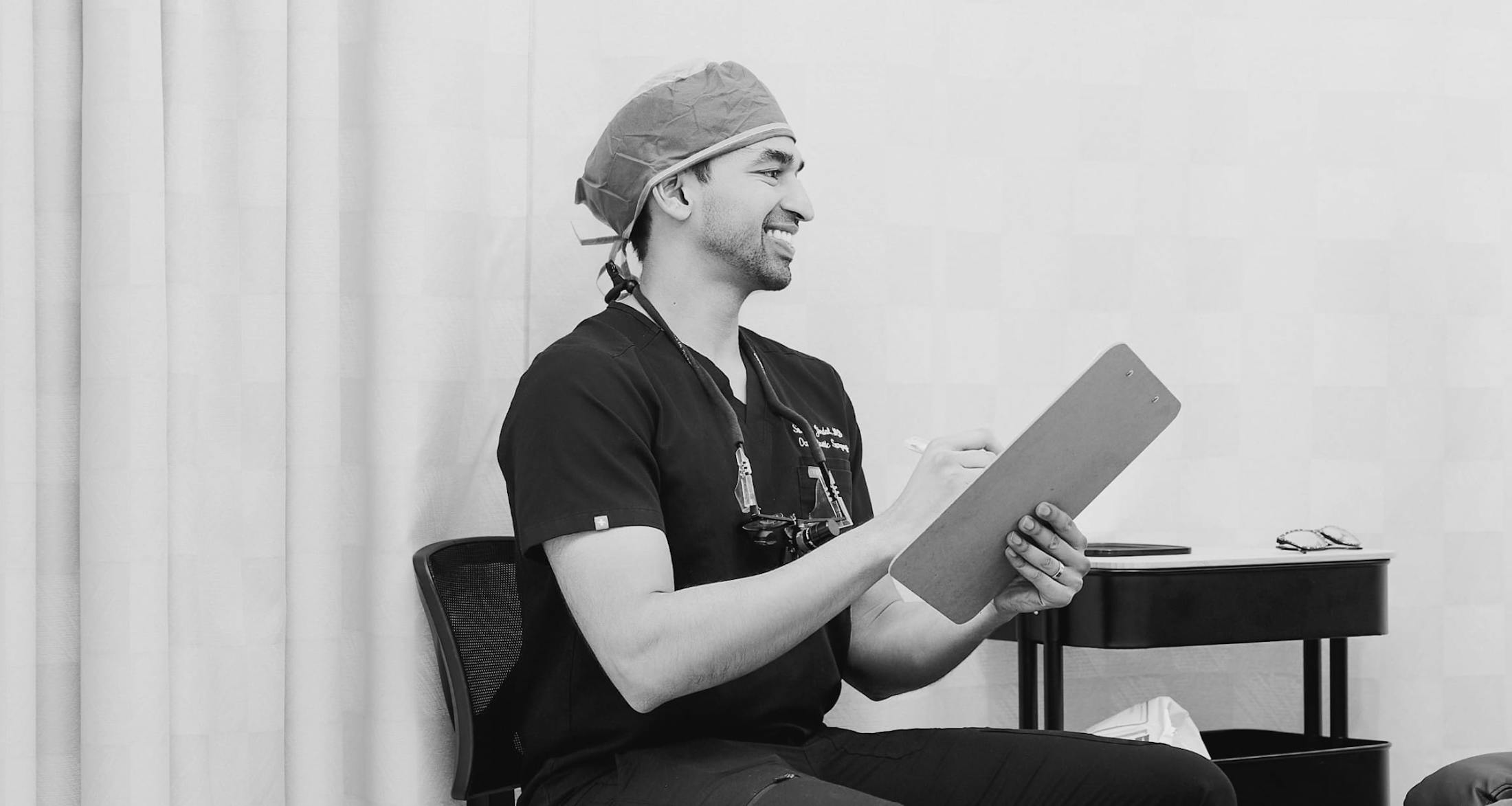05
Dec
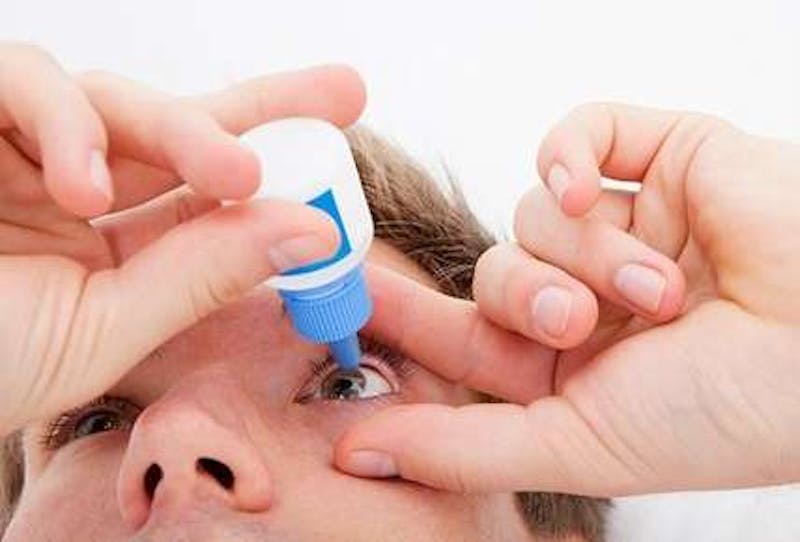
Medicated Eye Drops
Treatment for glaucoma often begins with medicated eye drops. The goal of these medications is to lower the pressure in the eye (intraocular pressure) and prevent damage to the optic nerve. To gain the most benefits of these medications, use them exactly as prescribed by your eye ...
View More05
Dec
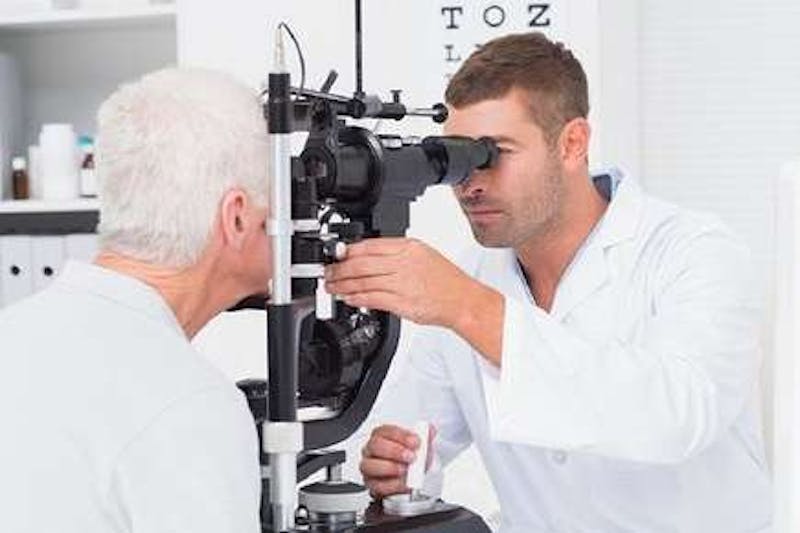
Laser Surgery to Treat Presbyopia (Monovision)
Presbyopia is the gradual decline in close vision that occurs with age. The condition occurs as the lens in the eye stiffens and loses its flexibility, thereby impairing its ability to focus at images or objects up close. While multifocal prescription glasses, such as bifocals, ar...
View More05
Dec
05
Dec
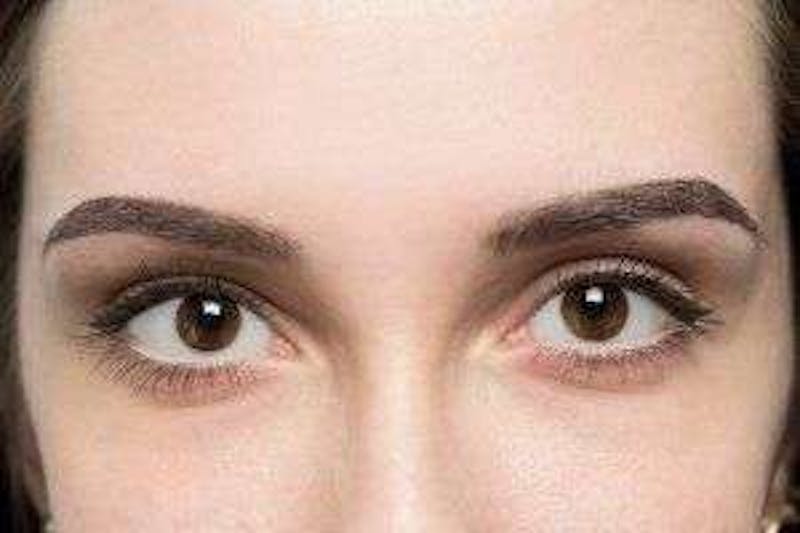
PRK (ASA)
When the cornea is misshapen, light bends (refracts) incorrectly, leading to vision problems. Refractive surgeries aim to reshape the cornea, thereby improving vision. LASIK is one of the most popular types of refractive surgeries. However, not everyone is an appropriate candidat...
View More05
Dec
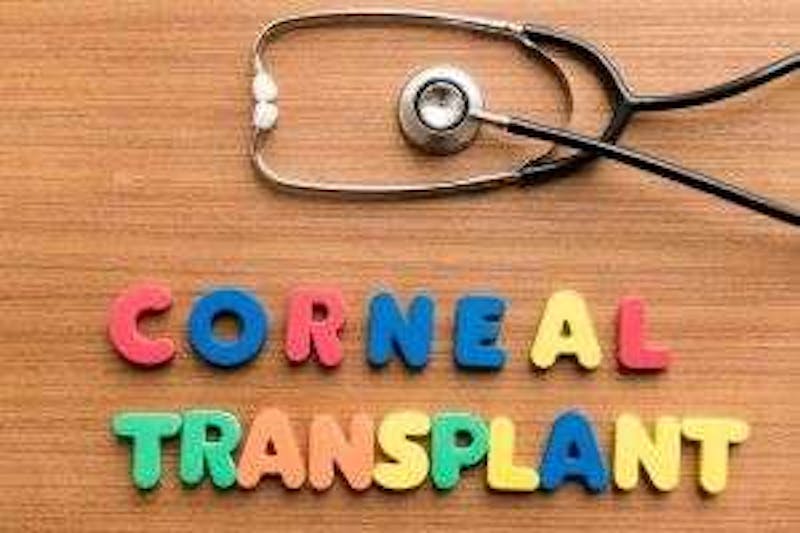
Corneal Transplantation
Corneal transplantation is a surgical procedure to replace part of a damaged or diseased cornea with corneal tissue from a donor. The cornea is the transparent, dome-shaped surface on the front of the eye. It plays a large part in vision by helping to focus light onto the retina...
View More05
Dec

Intacs
, or intracorneal ring segments (ICRS), is a non-laser treatment for mild nearsightedness. It can also be used to treat the astigmatism and nearsightedness that occurs with keratoconus, one type of corneal disorder. How Works is a pair of crescent-shaped plastic devices that are ...
View More05
Dec

What is Glaucoma
Glaucoma is a condition characterized by excessive pressure in the eye, or intraocular pressure. This irregularly high pressure is due to a buildup of fluid in the eye. As intraocular pressure increases, it can compress the eye's optic nerve, eventually leading to vision lo...
View More05
Dec

iStent
The Trabecular Micro-Bypass is a surgical device that is available for use in treating patients with mild-to-moderate open-angle glaucoma. Glaucoma is characterized by an excessive accumulation of fluid inside the eye, which leads to an increase in the inner eye pressure (intraoc...
View More05
Dec
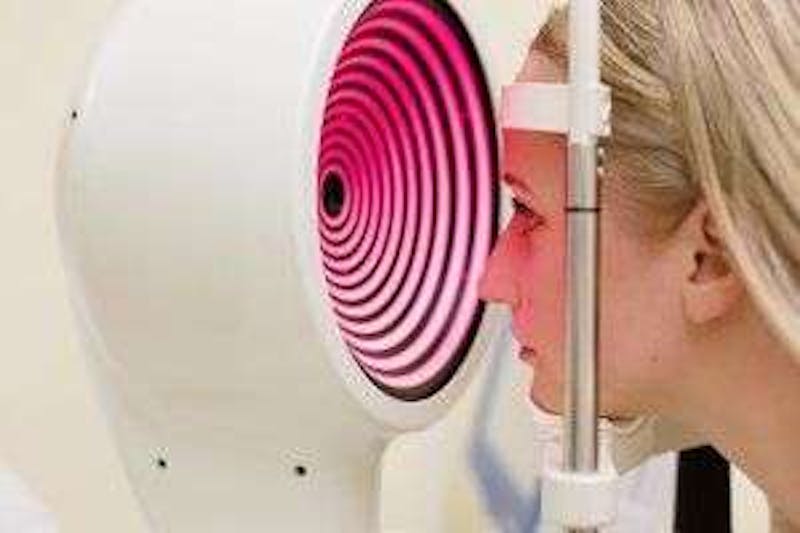
Keratoconus
While keratoconus can happen at any stage of life, young people between the ages of 10 and 25 are most likely to develop this disorder. For individuals with keratoconus, their cornea, the clear layer in the front of your eye, gradually thins and begins to bulge outward. typicall...
View More05
Dec
05
Dec
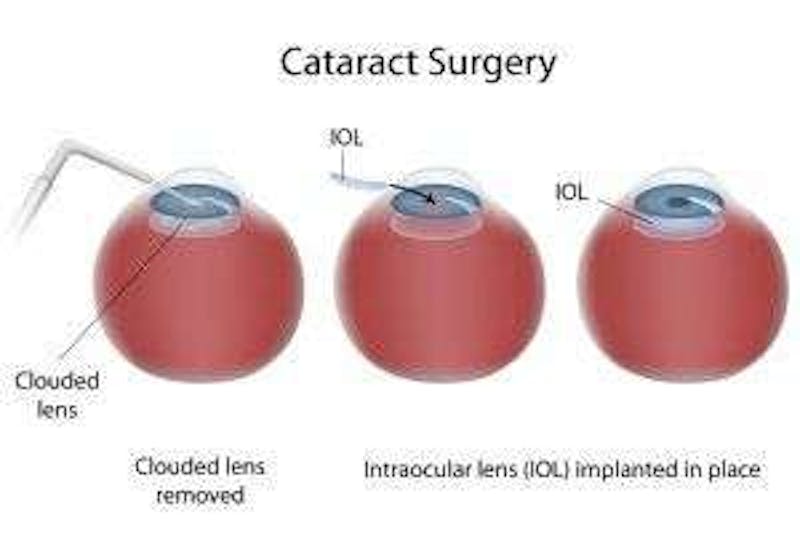
Intraocular Lenses
If your vision is blurred due to cataracts and you are pursuing surgical intervention to correct the problem, you are likely considering which intraocular lens (IOL) to choose, to restore your vision after cataract surgery. There are a variety of IOL options to choose from. Your ...
View More05
Dec

Strabismus Causes and Treatment
In order for your eyes to focus normally, six muscles around each eye must work together. When your two eyes see different images, your brain tends to favor the stronger eye. This means the weak eye gets weaker, resulting in amblyopia, or “lazy eye. ”Risk factors for d...
View More



